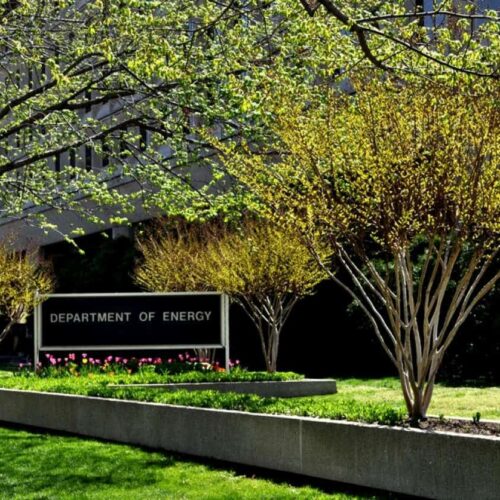Introduction
An outside consultant hired by the White House to assess the Department of Energy’s hot-button green energy loan program suggests the agency hire a “chief risk officer” to better track companies backed by taxpayer-funded loans.
“To enhance the independence of the oversight function, DOE should create a new Risk Management department,” wrote Herbert Allison, the independent consultant.
That conclusion is among the core recommendations detailed in the 75-page report, released Friday afternoon.
The report was intended to help resolve concerns triggered by the political backlash over the Obama administration’s failed $535 million investment in upstart solar firm Solyndra, which declared bankruptcy last fall.
But the review never directly addresses Solyndra’s failure, or another DOE-backed green energy venture that went bankrupt, Beacon Power Corp.
Allison, a longtime official in the public and private sectors who most recently served as Assistant Secretary of the Treasury for Financial Stability, writes that he “did not evaluate the loans to Solyndra and Beacon” because those companies have already failed.
He also notes that his review was less exhaustive than it could have been because it was put on a 60-day fast track by the White House.
“Because of this abbreviated time period, the Independent Consultant’s work plan necessarily omitted activities that might have provided further insights,” Allison’s report notes, “such as a more detailed examination of each loan’s performance and of the financial, operational, regulatory, and market demand risks facing each loan applicant … and more extensive examination of the loan origination and monitoring processes and practices that DOE followed for each of the loans.”
The report evaluated 30 loans, worth $23.4 billion, that closed by late November 2011. Of that, $8.3 billion, or 35 percent, had been drawn down. The money helped bankroll projects ranging from alternative energy and solar manufacturing ventures by startup companies to fuel saving projects launched by major corporations such as Ford Motor Co. and Nissan North America, Inc.
Of that portfolio, DOE had put aside $2.9 billion to cover potential risk. Allison’s review set that risk value at slightly less, $2.7 billion.
The White House considered the report a validation of its efforts, saying it “confirms that the overall loan portfolio as a whole is expected to perform well and holds less than the amount of risk envisioned by Congress when they designed and funded the program.”
“While the portfolio includes loans to a range of projects that carry different levels of risk,” said White House spokesman Eric Schultz, “today’s report finds that the Department of Energy has been judicious in balancing these risks.”
Rep. Henry A. Waxman, the ranking Democrat on the House committee that has been investigating the Solyndra financing and the loan program more broadly, also greeted the report as a sign that the administration’s program is working.
“The report is a repudiation of the partisan attack on the program by congressional Republicans and the oil and coal industries,” Waxman said.
Republican members of Congress leading the investigation see things differently.
“It would be a stunning case of bureaucratic disregard to declare victory because the government is expecting to lose ‘just’ $3 billion,” House Energy and Commerce Committee Chairman Fred Upton and Oversight and Investigations Subcommittee Chairman Cliff Stearns said in a statement. “One key lesson is that taxpayers should not have been placed in the position to lose one dollar, let alone billions, all because the stimulus allowed companies with shaky finances to apply for and receive taxpayer support without putting up any money.”
Allison did caution that he expects some companies that received loans to come back to the Energy Department to revise the financing terms. He said the rules imposed on the companies, and the complexity of their enterprises, means that “many projects are likely to seek such relief at some point during the term of the DOE loan or loan guarantee.”
Along with creating a chief risk officer, he suggests a new Risk Management unit be created – and that it be separate from the Loan Programs Office and report to senior DOE management. And, the Energy Department should establish an “early warning system” to spotlight major problems early in the process.
The White House said the Department of Energy “is reviewing the recommendations and will carefully identify the best ways to implement them.”
Read more in Money and Democracy
Money and Democracy
Michigan’s budget crisis puts democracy on the chopping block
Michigan’s emergency manager law grants sweeping powers to unelected officials.
Money and Democracy
Four Cabinet members willing to help Democratic super PACs
Fundraising activities are limited, but star power brings in the bucks


Join the conversation
Show Comments